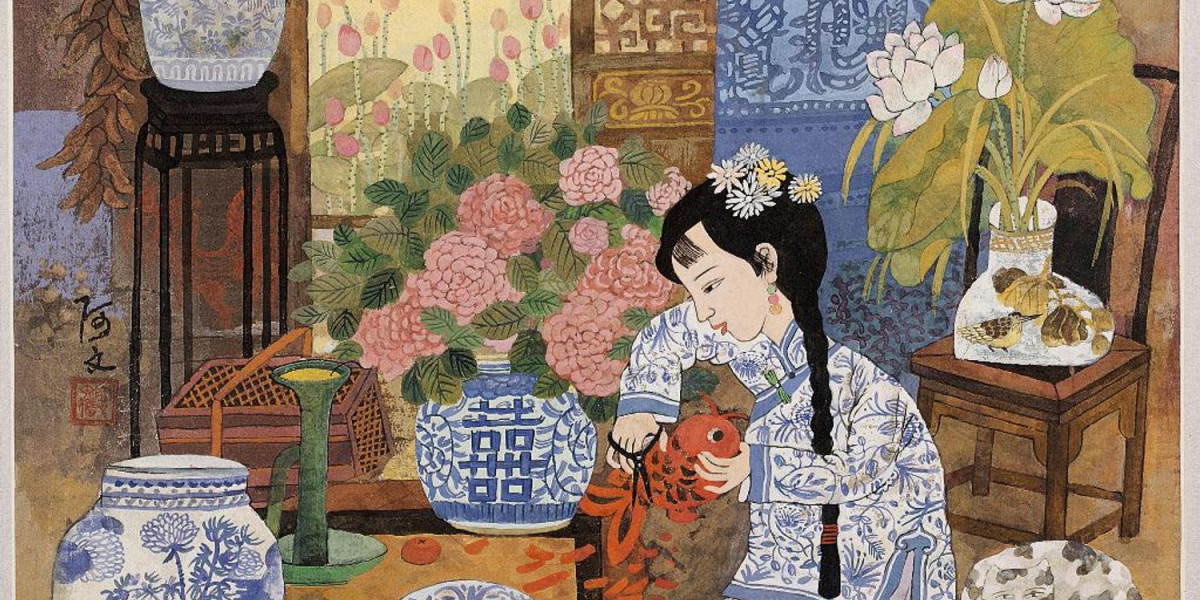Chinese calligraphy, known as “shūfǎ” (书法) in Chinese, is the traditional art of writing Chinese characters with brush and ink in a visually expressive and aesthetically pleasing manner. More than just handwriting, it is considered a highly respected art form that integrates elements of design, rhythm, movement, and emotion. It is deeply rooted in Chinese culture and philosophy, and is widely regarded as one of the highest forms of visual art in East Asia.
At its most basic level, Chinese calligraphy involves the formation of Chinese characters using a brush (毛笔), black ink (墨), and paper or silk (纸 or 绢). The characters are written according to strict structural principles, yet the style and interpretation are left to the individual artist. Each stroke must be executed with precision, and the flow of the brush reflects the artist's state of mind, control, and personal aesthetic.
One of the key features that makes Chinese calligraphy unique is the use of Chinese characters, which are logograms rather than alphabetic letters. This means each character represents a word or idea, and its visual form is as meaningful as its linguistic content. Because of this, the way a character is written—its balance, shape, and rhythm—can communicate deeper layers of meaning beyond what it simply says.
Another distinctive aspect is the importance of brush technique. Unlike a pen or pencil, a calligraphy brush is flexible and responsive, allowing for varied thickness, pressure, and flow in each stroke. A single character may contain light and heavy lines, dry and wet textures, and sharp or rounded ends—all contributing to the emotional tone of the work.
Chinese calligraphy also includes several historical script styles, each with its own purpose and artistic characteristics:
Seal script (篆书, zhuànshū) – Ancient and decorative, used for seals and formal inscriptions.
Clerical script (隶书, lìshū) – More regularized, developed during the Han dynasty.
Regular script (楷书, kǎishū) – The most standard and widely taught style, clear and structured.
Running script (行书, xíngshū) – Semi-cursive and fluid, used for informal writing.
Cursive script (草书, cǎoshū) – Highly stylized and expressive, with strokes flowing into one another.
The philosophical underpinnings of Chinese calligraphy come from Confucianism, Daoism, and Buddhism, emphasizing harmony, discipline, and the expression of inner character. A calligrapher is not only judged by technical skill but also by the spirit, or “qi” (气), present in the work.
In conclusion, Chinese calligraphy is defined as the expressive and artistic practice of writing Chinese characters using brush and ink. It is a unique fusion of writing and art that captures both language and soul. More than a means of communication, it is a reflection of cultural depth, personal philosophy, and centuries of artistic tradition.













